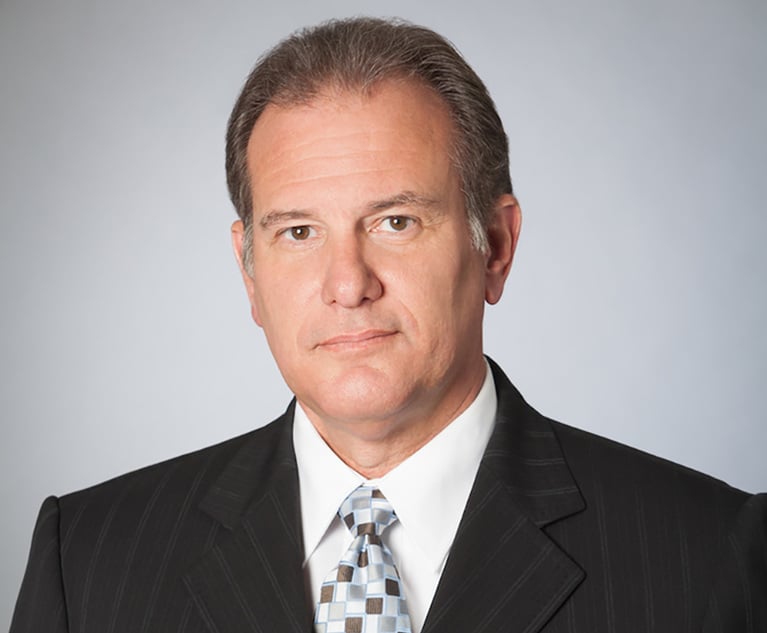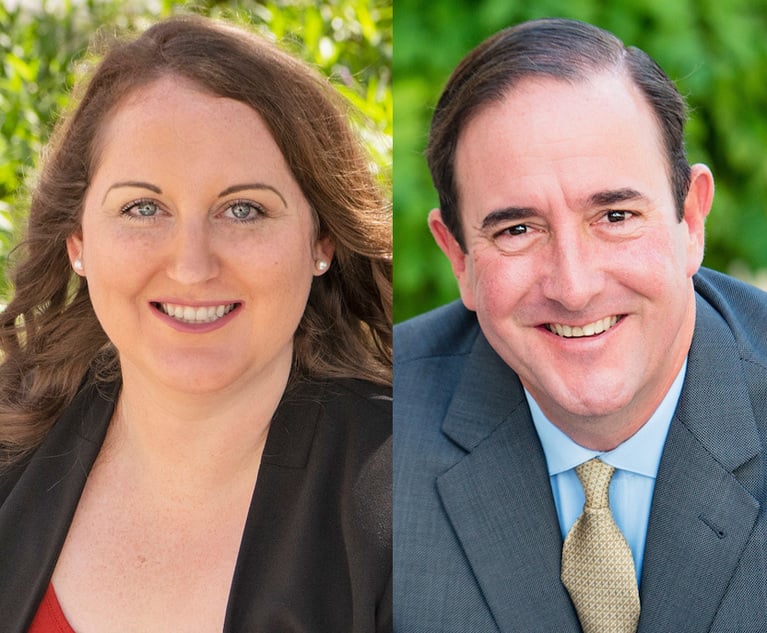Recent incidents in El Paso, Texas and Dayton, Ohio, along with mass shootings that have been occurring on an almost weekly basis in United States since 2013, remind us that we are no longer dealing with “once in a lifetime” tragedies, but with disturbingly regular occurrences that some may describe as “sufficiently foreseeable.” Wherever a crowd gathers, it may now be reasonable to assume that organizations will be asked by society about measures undertaken to protect patrons and invitees from harm, and if an incident occurs, about the reasonableness of their failure to protect.
The frequency and severity of active shooter incidents and other acts of violence have businesses and organizations, including houses of worship, educational institutions and event organizers, on high alert. A study conducted by the Federal Bureau of Investigation found that nearly half of all active shooter incidents occurred in areas of commerce. The list of places where incidents have occurred is already long and continues to grow, so many organizations are undertaking a realistic risk evaluation to determine what reasonable safeguards can be implemented to effectively eliminate or minimize the risk and at what cost.


 Anita Byer, president of Setnor Byer Insurance & Risk in Plantation, Florida.
Anita Byer, president of Setnor Byer Insurance & Risk in Plantation, Florida.




